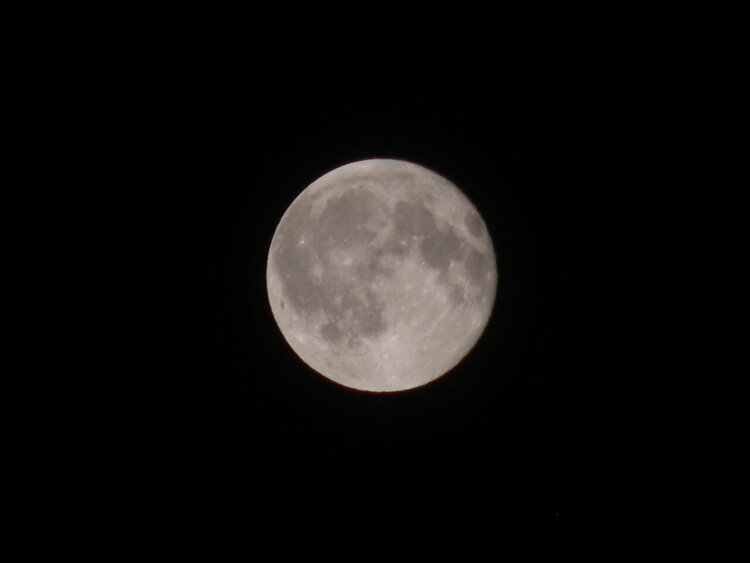EXTRA 11% OFF Orders $100+ With Code: THANKYOU


 Give a Cheer
Give a Cheer
Full Beaver Moon - 30 NOV 2020 @ 1:31 am PST
[photo taken on 01 DEC 2020 @ 12:15 am PST ]
This was the time to set beaver traps before the swamps froze, to ensure a supply of warm winter furs. Another interpretation suggests that the name Full Beaver Moon comes from the fact that the beavers are now actively building their winter lodges, made of branches and mud, in preparation for the cold season. And, since beavers are mainly nocturnal, they are able to keep working under the light of the Full Moon. This month's full moon is sometimes also referred to as the Frosty Moon or the Freezing Moon due to the cold temperatures of November. Another name, the Digging or Scratching Moon, evokes an image of animals scratching at the fallen leaves, foraging for fallen nuts or remaining shoots of green foliage, with the implication that winter is on its way. PC014180
NOTE:
Starting at 11:32 pm PST on November 29 and ending at 3:53 am PST on November 30, 2020, the Earth's fainter outer shadow moved across November's Full Beaver Moon producing a deep penumbral lunar eclipse. About 82 % of the Moon's face turned a shade darker during the maximum phase of the eclipse. All lunar eclipses are visible from anywhere on the night side of the Earth; the difference will be how close to moonrise and moonset the eclipse begins and ends. One's latitude will determine how high in the sky the moon appears. This lunar eclipse was visible from all of North and South America, the Pacific, and in Asia from the northern half of Japan into Siberia. In Europe, it was only visible in the British Isles, Sweden, Norway, and Finland.
Unfortunately, I was not able to see this eclipse due to a heavy fog cover in my area.
No products have been added to this project.
Thanks for spreading positivity!
December 03, 2020
December 02, 2020
December 02, 2020
December 02, 2020
December 01, 2020
December 01, 2020
December 01, 2020
December 01, 2020